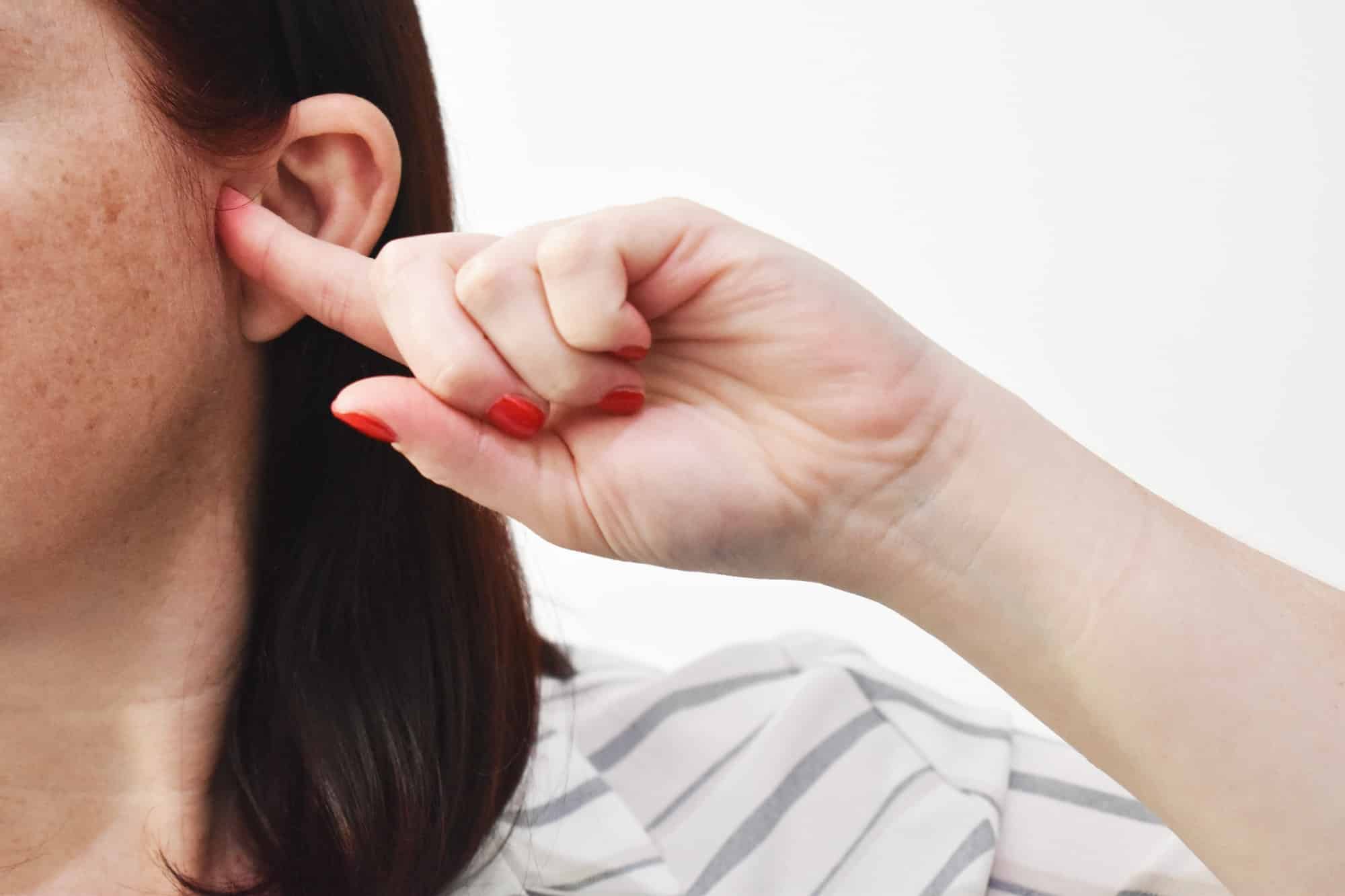Tinnitus, a persistent ringing sound in the ears affecting up to 15% of the population, often goes untreated due to the lack of a universal cure. However, recent studies suggest that personalized acoustic stimulation could be a promising tool in managing its symptoms. This article will delve into scholarly research and clinical studies from sources such as PubMed, Google Scholar, and others to discuss the potential of such a treatment approach, analyze the underlying therapy mechanisms and evaluate its effectiveness in various patient demographics.
Understanding Tinnitus and Its Impact on Patients
To fully comprehend the potential of personalized acoustic stimulation as a treatment, it’s crucial first to understand what tinnitus is and how it impacts patients. Tinnitus is a condition characterized by hearing an incessant noise or sound in one or both ears, which does not have an external source. The noise can range from a ringing or buzzing to a roar, creating considerable discomfort for the patient.
Sujet a lire : How Does the Practice of Laughter Yoga Impact Cardiovascular Health?
For many, tinnitus is a minor nuisance, but for some, it can have severe implications. It can interfere with concentration, sleep patterns, and overall quality of life. It has been linked to hearing loss, causing further distress to individuals. This situation calls for effective treatment strategies, and personalized acoustic stimulation may have the potential to fill this gap.
Acoustic Stimulation as a Potential Treatment for Tinnitus
Personalized acoustic stimulation involves the use of special therapeutic sounds to help the patient’s auditory system adapt to the tinnitus stimulus. Each sound is tailored to the patient’s own tinnitus, therefore offering a "personalized" treatment approach.
Lire également : What Are the Health Implications of Long-Term Exposure to Urban Noise Pollution?
Research from a study available on Google Scholar suggests that acoustic stimulation, especially when personalized, can help in reducing the intensity of tinnitus. This kind of therapy is based on the principle that the brain can be retrained or habituated to ignore the tinnitus sound, thereby reducing the patient’s awareness and annoyance.
One cited study involved the exposure of patients to low-level, broadband noise over extended periods. The results indicated a decrease in the loudness and annoyance related to tinnitus, demonstrating the potential effectiveness of this approach.
Mechanisms Underlying Personalized Acoustic Stimulation Therapy
The effectiveness of personalized acoustic stimulation is believed to be rooted in the theory of neuroplasticity. Essentially, the brain has the capacity to change and adapt in response to various stimuli. When a patient is subjected to personalized acoustic stimulation, the brain is encouraged to alter its response to the tinnitus noise, eventually reducing its impact.
rtms (repetitive transcranial magnetic stimulation) is another form of therapy that’s often used in conjunction with acoustic stimulation. rtms has the ability to induce changes in neural activity, potentially supporting the neuroplastic changes driven by the acoustic stimulation.
Evaluating the Effectiveness and Safety of Personalized Acoustic Stimulation
While the premise of personalized acoustic stimulation is enticing, it is essential to evaluate its effectiveness and safety through rigorous clinical studies.
A study available on PubMed involving 35 tinnitus patients showed a significant reduction in tinnitus severity after 10 days of personalized acoustic stimulation treatment. Moreover, no serious side effects were reported, which points to the safety of this treatment in short-term applications.
However, more extensive and longer-term studies are needed to confirm its long-term safety and effectiveness. The treatment’s potential seems promising, but the scientific community needs more robust evidence to make a definitive judgment.
Exploring Future Directions for Personalized Acoustic Stimulation
In light of the studies discussed, there is no doubt that personalized acoustic stimulation is a promising development in tinnitus treatment. However, there are various factors to consider for future research.
One such factor is patient heterogeneity. Tinnitus is highly individual, and what might work for one patient may not work for another. Future research should thus focus on refining the personalization of acoustic stimulation and examining its effects in various patient demographics.
Another area for future investigation is the combination of personalized acoustic stimulation with other treatments like cognitive-behavioral therapy. This could potentially enhance the effects of the treatment and provide a more holistic approach.
Personalized acoustic stimulation is an exciting field of research that holds significant promise for tinnitus sufferers worldwide. The positive results thus far indicate a potentially bright future for this treatment, providing hope for those who are living with this challenging condition. It’s an exciting development, and we look forward to more extensive research in the years to come.
The Role of Hearing Aids and Neuromonics Tinnitus Treatment in Personalized Acoustic Stimulation
In the realm of personalized acoustic stimulation for tinnitus treatment, two therapeutic approaches have gained significant attention: the use of hearing aids and neuromonics tinnitus treatment.
Hearing aids, often used to improve hearing loss, are also a viable tool for managing tinnitus. They amplify external sounds, minimizing the contrast between the ambient sounds and the tinnitus noise, thus making the tinnitus less noticeable. Besides, some hearing aids come with integrated sound therapy, providing a broad range of sounds to mask or help distract from the tinnitus.
Neuromonics tinnitus treatment, on the other hand, is a relatively new approach that combines acoustic stimulus and counseling. The neuromonics device delivers a customized acoustic stimulus, tailored not only to the patient’s tinnitus pitch but also to their audiological and psychological profiles. The acoustic stimulus is typically a soothing music that integrates a broadband acoustic signal covering the range of tinnitus frequencies. When used consistently, the neuromonics treatment can induce neuroplastic changes, which can lead to long-term tinnitus relief.
The combination of these therapies has shown promise in initial studies, but more research is needed, particularly to understand how to optimize the pairing of these treatments to achieve the best outcomes for individual patients.
The Concept of Notched Music and Its Application in Personalized Acoustic Therapy
An innovative approach to personalized acoustic therapy is the use of notched music. This technique involves altering the patient’s favorite music by removing the frequencies around the patient’s tinnitus pitch. The music effectively acts as a tailor-made acoustic stimulus, and the idea is that listening to this notched music can reduce the loudness of the tinnitus perception over time.
One study, as published on Google Scholar, involved patients listening to notched music for two hours daily over a year. The results indicated that this method considerably reduced tinnitus loudness and annoyance, improving patients’ quality of life.
While these results are encouraging, more research is needed to confirm the long-term effectiveness and safety of notched music therapy. Future studies should also aim to establish the optimal treatment parameters, such as the frequency width of the notch and the daily dose of music required to achieve significant tinnitus relief.
Conclusion
Personalized acoustic stimulation is a promising tool in the toolbox for managing tinnitus symptoms. It harnesses the power of neuroplasticity to help patients adapt to the incessant noise, potentially bringing considerable relief and improving their quality of life.
The use of hearing aids and neuromonics tinnitus treatment in personalized acoustic stimulation therapy demonstrates the flexibility and adaptability of this approach. The concept of notched music, while still relatively new, offers an intriguing and innovative way to deliver personalized sound therapy.
As we look to the future, the focus should be on refining these techniques and exploring other potential synergies. Cognitive-behavioral therapy, for instance, could be used in conjunction with acoustic stimulation to address the psychological distress often associated with chronic tinnitus.
Moreover, continued research into personalized treatment parameters will be critical. This will ensure that the acoustic stimulus provided is not only personalized but also optimized for each patient’s specific tinnitus characteristics, including its pitch, loudness, and the individual’s hearing profile.
While more research is needed, the results to date provide hope and optimism for those living with tinnitus. The 16th of April 2024 could well mark the year when personalized acoustic stimulation begins to make a substantial difference in tinnitus treatment, giving patients worldwide a potential pathway to better hearing and improved quality of life.






